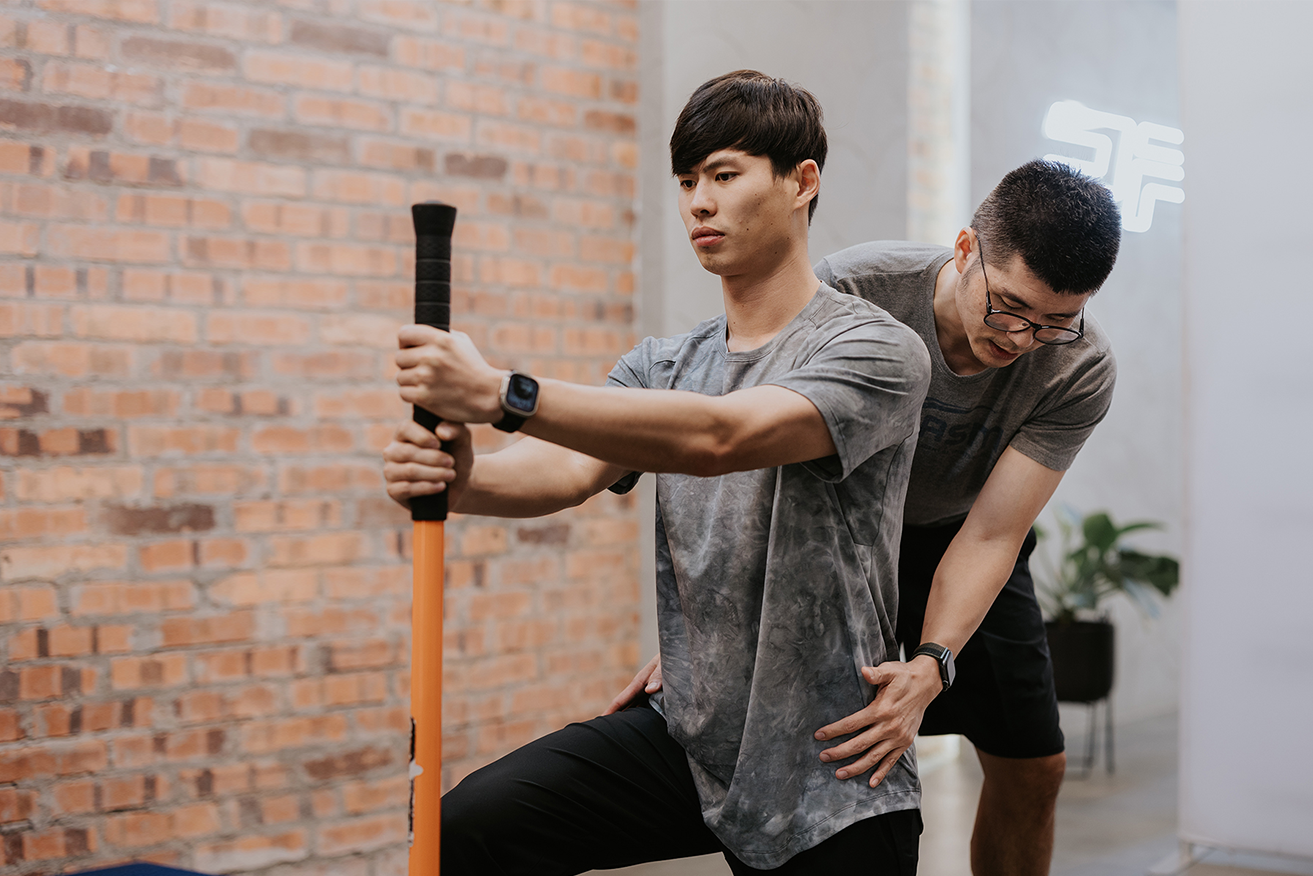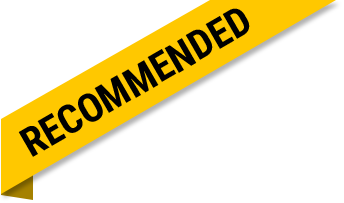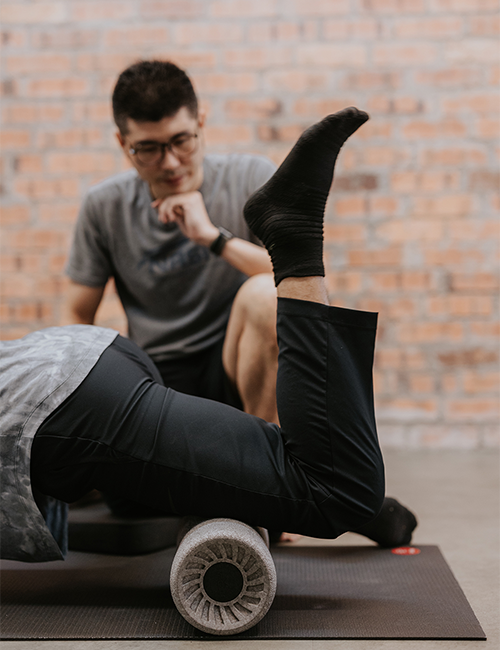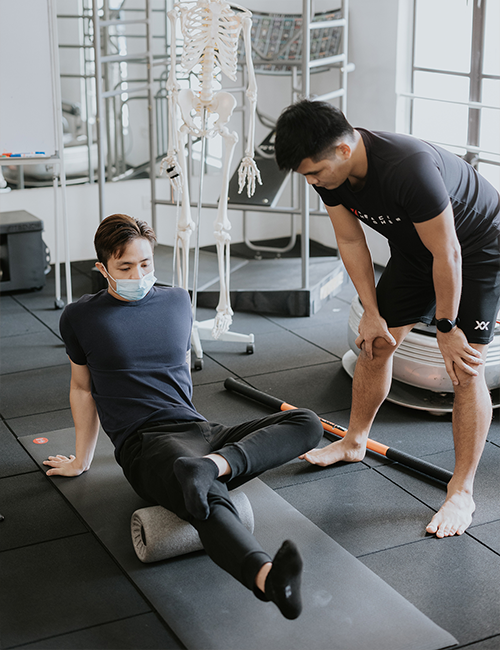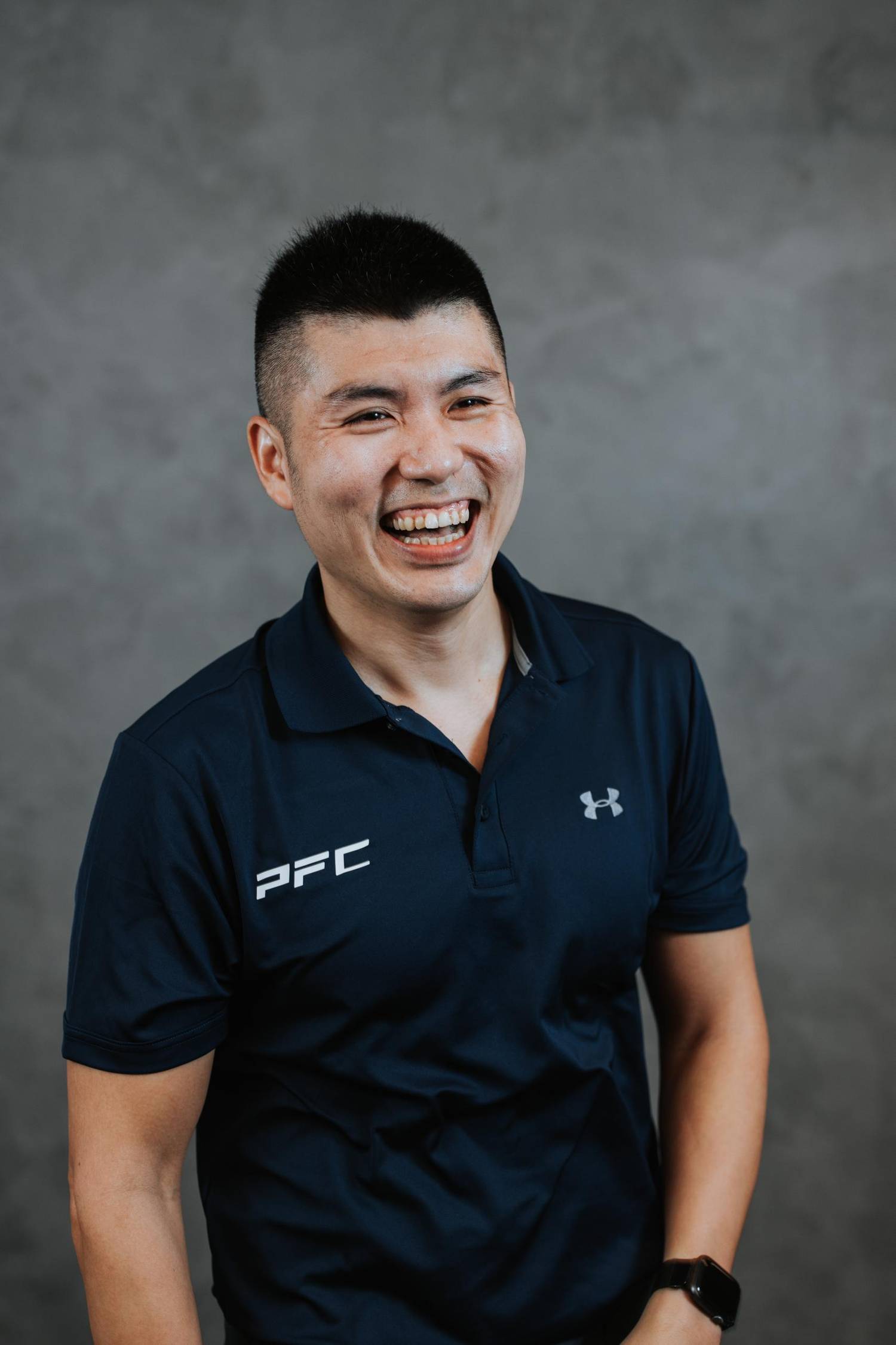Corrective exercise specialisation course covering assessments, strategies, and exercises to integrate into your training programme for your clients
The NASM-CES is ideal for current personal trainers as it helps sharpen their eye for assessments and gives them the tools to help their clients move better.
Health care professionals can utilise Corrective Exercise techniques as a bridge to progress a patient from the treatment room towards accomplishing their physical movement goals.
Mastering Corrective Exercise can help a Licensed Massage Therapist further their career by giving them a more targeted way to do soft tissue work as well as help them suggest self-care recovery programming.
Fitness coaches can help their client’s movement quality, enhance their recovery, and even help make them more resistant to injury caused by physical activity.
Stretching and Flexibility Coaches can train clients, assess them, and provide customised stretching plans geared towards their specific needs and outcomes.
Strength and Conditioning Coaches can provide clients more targeted flexibility and strength training that enhances movement and increases performance.
Price excludes 8% SST
Price excludes 8% SST
Go from generalised to specific assessments of each client's individual needs to help them move and feel better
The NASM-CES distills complex scientific concepts into easy to understand movements for both professionals and clients
Put what you’ve learnt from the materials into practice. Learn assessment techniques to identify postural problem, experience the CEx model, followed by the techniques involved at each phase, and learn to apply corrective exercise strategies on different clients.
NASM Master Trainer, CPT, CES, PES
Chief Education
Officer | Director | Educator | Personal Trainer
Founder of PFC Studio and PFC Academy. Jeremy has been heavily involved in Malaysia's fitness scene for almost 2 decades. Driven by an insatiable desire to cultivate educated fitness. Jeremy genuinely seeks to help trainers keep up with the latest scientifically backed training methods and principles.
Copyright © Global PFC Pte Ltd. All rights reserved.
